JOHAN HUIZINGA
THE AUTUMN OF THE MIDDLE AGES
Translated by Rodney J. Payton and Ulrich Mammitzsch
THE UNIVERSITY OF CHICAGO PRESS
JOHAN HUIZINGA, born in 1872, became professor of history at the University of Leiden in 1915 and taught there until 1942, when the Nazis closed the university and held him hostage until shortly before his death in 1945. His other books include Erasmus and the Age of Reformation, Homo Ludens: A Study of the Play Element in Culture, and Men and Ideas: History, the Middle Ages, the Renaissance.
RODNEY PAYTON is professor of Liberal Studies at Western Washington University. He is the author of A Modern Readers Guide to Dantes Inferno. ULRICH MAMMITZSCH (d. 1990) was professor of Liberal Studies at Western Washington University. He is the author of Evolution of the Garbhadhatu Mandala and the translator of Dietrich Seckels The Buddhist Art of East Asia.
The University of Chicago Press, Chicago 60637
1996 by The University of Chicago
All rights reserved. Published 1996
Paperback edition 1996.
Printed in the United States of America
11 10 09 08 07 06 05 04 0 3 02 3 4 5 6 7
ISBN 0-226-35992-1 (cloth)
ISBN: 0-226-35994-8
ISBN 978-0-226-76768-0 (ebook)
This translation is based on the 1921 edition of Herfsttij der Middeleeuwen.
Library of Congress Cataloging-in-Publication Data
Huizinga, Johan, 18721945.
[Herfsttij der Middeleeuwen. English]
The autumn of the Middle Ages /Johan Huizinga ; translated by Rodney J. Payton and Ulrich Mammitzsch.
p. cm.
Includes bibliographical references and index.
1. FranceCivilization13281600. 2. NetherlandsCivilization. 3. Civilization, Medieval. I. Title.
DC33.2.H83 1996
944025dc20
95-613
CIP
 The paper used in this publication meets the minimum requirements of the American National Standard for Information SciencesPermanence of Paper for Printed Library Materials, ANSI Z39.48-1992.
The paper used in this publication meets the minimum requirements of the American National Standard for Information SciencesPermanence of Paper for Printed Library Materials, ANSI Z39.48-1992.
PI VXORIS ANIM
M. V. H. - S.
CONTENTS
TRANSLATORS INTRODUCTION
THE IDEA OF THIS TRANSLATION HAD ITS MOMENT of conception in Karl J. Weintraubs class in History of Culture at the University of Chicago (now more than twenty years ago) when Weintraub commented, with some heat, on the deficiencies of the English translation of Herfsttij der Middeleeuwen that we students were using when it was compared to the elegance of the Dutch edition he had on the lectern. The tiny margins of my crumbling paperback are filled with all my efforts to get down the corrections. When I began my own teaching of Huizingas text, which I had come to treasure, those illegible notes suggested that what I was professing fell far short and an examination of the original showed me that Weintraubs observations were justified. Yet, in spite of the shortcomings of the translation, my students always responded well to Huizinga. Later Professor Weintraub commented to me that it was an indication of the power of its subject and style that Huizingas book commonly captivated readers in spite of the very inferior, crippled version in which it appeared in English.
Therefore when my colleague Ulrich Mammitzsch, now deceased, and I agreed to attempt a new translation there was a certain feeling of being the rescuers of something fine that had been corrupted and undervalued. However, this feeling was somewhat challenged by the fact that Huizinga not only authorized the English translation, but also apparently collaborated with Fritz Hopman in producing it as a variant version of the book. He specifically approved the results in the preface he wrote for the translation.
This English edition is not a simple translation of the original Dutch (second edition 1921, first 1919), but the result of a work of adaptation, reduction and consolidation under the authors direction. The references, here left out, may be found in full in the original....
Even given this endorsement by the author, I think that any studious reader of both the Dutch (or the very accurate German translation) and the English would conclude that the original is a much better book. The original is nearly one-third longer and has many more citations of original material. In the Hopman translation, blocks of text are inexplicably moved around, and sometimes Hopmans usually good English fails him as when he translates mystiek en dtail as mysticism by retail. It seems that Huizinga ultimately must have thought the original better, as none of the adaptation, reduction and consolidation found its way into subsequent Dutch printings or foreign translations of the book with the exception of the revised arrangement of chapters.
The route by which Huizinga arrived at the Hopman translation can be traced in the Briefwisseling (Correspondence), if not, entirely, his motivation for taking it. Huizinga had begun negotiations with the French publisher Edouard Champion of Paris, who preferred a shortened version of the book and without the references. This project fell through, owing to disagreements over the rights of publication of the French edition in Holland in 1923 (letter 457), and Huizinga was left with the condensed, but unpublished, French manuscript. (An accurate French edition was eventually published by the firm of Payot in 1932, in a translation by Julia Bastin [letter 559].) In 1923, Huizinga was also negotiating with Edward Arnold and Company about an English edition, and, owing to the fact that Arnold had no one in their office who could read Dutch, they reviewed it in the condensed French version. Sir Rennell Rodd, a diplomat, poet, and historian, and Arnolds reviewer, thought the original form of the book would sell only to scholars and preferred it in its French form, which he thought might have a popular audience (letter 462) and, although Huizinga protested, he did not do so very strongly (letter 466). An abridgment on the lines of the French manuscript was ultimately ageed upon (letters 472 and 477) and the Hopman version, called The Waning of the Middle Ages, is the result.
All this was taking place while the final arrangements for the German edition were being set. The German edition is precise in all particulars, but the fourteen original Dutch chapters are broken up into twenty-three, which are more even in length. This was Huizingas own idea, evidently incorporated in the unpublished French translation and eventually carried forward in the English as well (letter 470).
Thus Huizinga clearly preferred a complete translation of Herfsttij, although he did think the chapter divisions could be improved. His quarrel with Champion over distribution rights, however, suggests that remuneration was an important issue, as he raised practically no objections to the condensation ultimately produced by Hopman for Arnold and Company. It is possible, too, given that the prospect of a wide market for the book might have had something to do with his thinking, that in obtaining an English edition Huizinga was also looking forward to the American market. Huizinga wrote two books about America, both gently critical.
F. W. N. Hugenholtzs study of the history of the text, The Fame of a Masterwork,Leiden, and Leiden was not at that time Hollands first university, nor was Huizinga the most famous professor of history. Defensive, in the face of native criticism of the work he might, indeed, have considered the English translation a step to a further revision (the second Dutch edition had appeared in 1921, the Hopman translation came out in 1924). It seems to me, that much of what is left out of the Hopman version are elements which contribute to the literary, that is to say aesthetic character of the book and this might be a direct response to his Dutch critics.


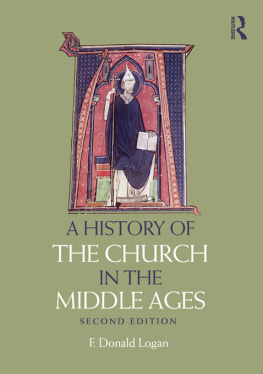
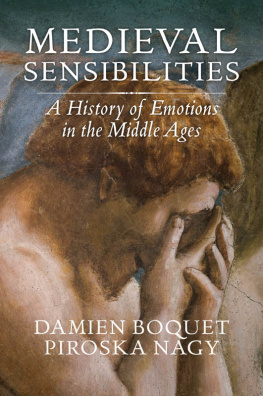
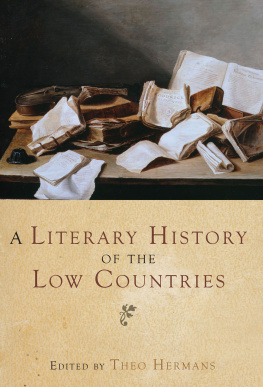

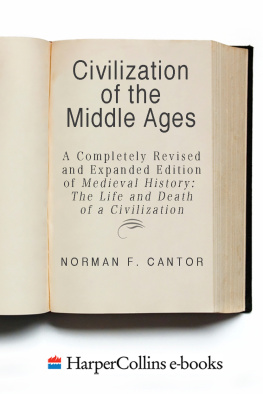
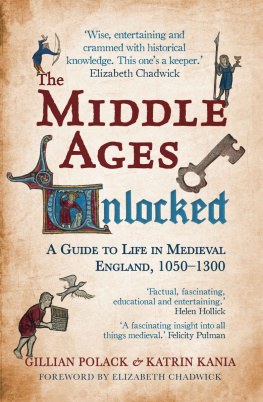
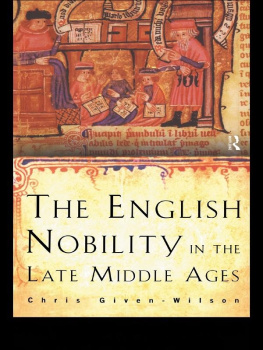
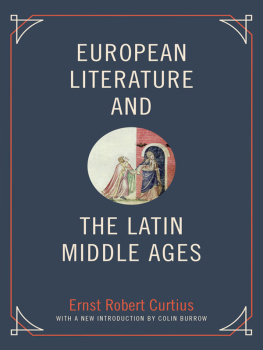

 The paper used in this publication meets the minimum requirements of the American National Standard for Information SciencesPermanence of Paper for Printed Library Materials, ANSI Z39.48-1992.
The paper used in this publication meets the minimum requirements of the American National Standard for Information SciencesPermanence of Paper for Printed Library Materials, ANSI Z39.48-1992.